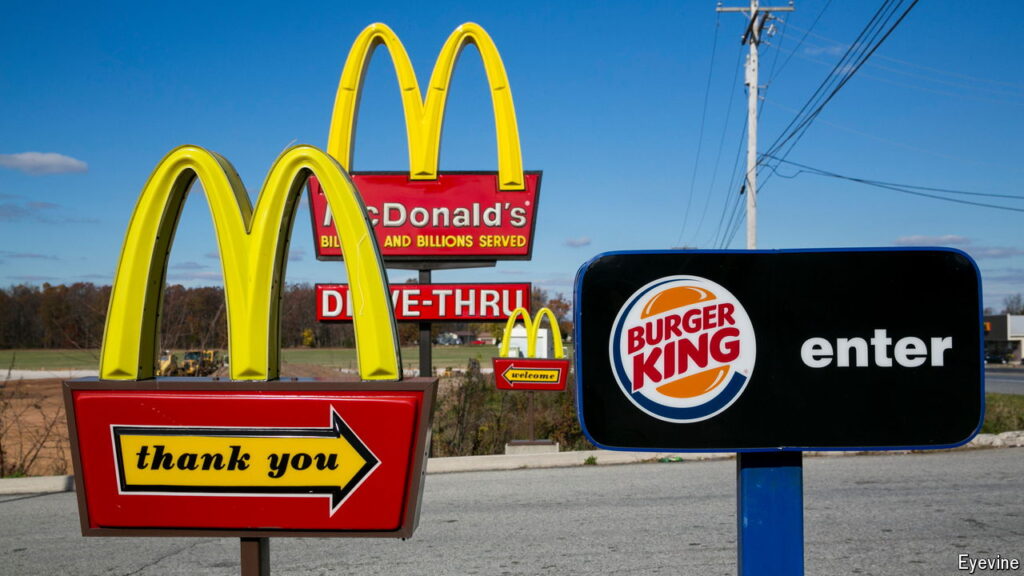In the popular cartoon “SpongeBob SquarePants”, Mr. Krabs is portrayed as a shrewd businessman who constantly seeks to maximize profits. He is the owner of the Krusty Krab, a fast-food restaurant that specializes in serving the famous krabby patty hamburgers. Mr. Krabs is known for his ruthless price-gouging tactics, taking advantage of the fact that he has no direct competition in Bikini Bottom, aside from the less appealing Chum Bucket.
In the real world, fast-food chain McDonald’s faces fierce competition from other major players in the industry, such as Burger King and Wendy’s. In an effort to attract budget-conscious consumers, McDonald’s recently launched a limited-time promotion on June 25th, offering a meal deal consisting of a sandwich, fries, chicken nuggets, and a soft drink for just $5. Burger King quickly responded by introducing a similar $5 meal deal of its own, intensifying the ongoing fast-food price war.
Wendy’s, another major fast-food chain, has also joined the fray by temporarily including an ice cream dessert in its popular Biggie Bag combo, further enticing customers with additional value for their money. On the other hand, Starbucks, known for its premium pricing strategy, has chosen to maintain its higher price point by offering a sandwich and coffee combo for $6.
This trend towards more affordable meal options has been dubbed the “summer of value” by McDonald’s, signaling a shift towards lower prices in the fast-food industry. Economists view this development as a form of deflation, which could have implications for broader economic trends, including potential interest rate adjustments by the Federal Reserve in the near future.
For consumers, the price war among fast-food chains is a welcome opportunity to save money on their dining expenses. With more competitive pricing and value-added promotions, customers can enjoy their favorite meals at a fraction of the usual cost. Meanwhile, Federal Reserve officials are closely monitoring these developments as they assess the broader economic implications of the price war on inflation and consumer spending.
Overall, the ongoing competition among fast-food chains highlights the importance of pricing strategies in the food industry. While Mr. Krabs may have a monopoly on krabby patties in Bikini Bottom, real-world consumers have the luxury of choice when it comes to where they spend their dining dollars. As companies continue to innovate and adapt to changing consumer preferences, the battle for market share will likely drive further price competition and value offerings in the fast-food sector.



